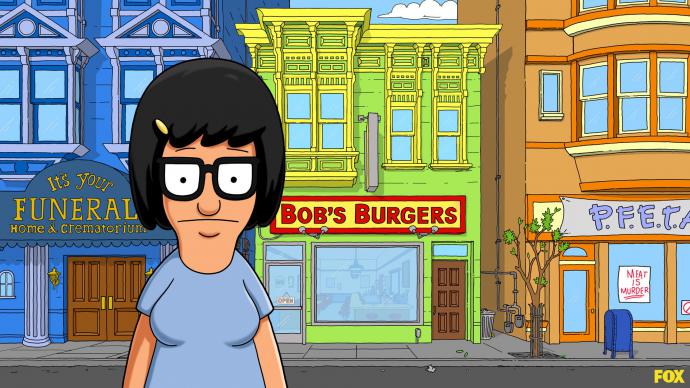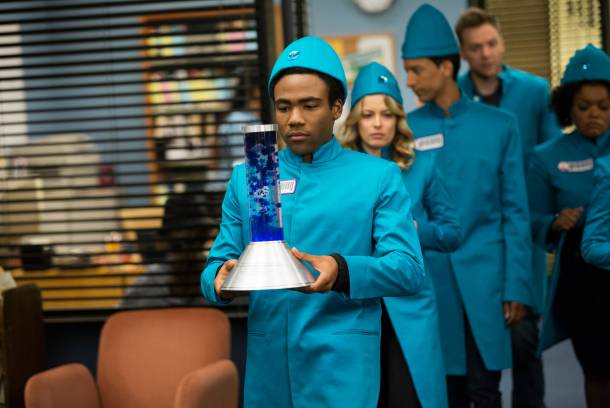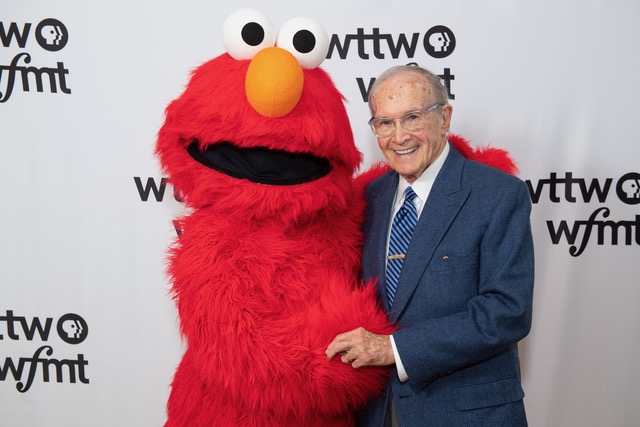1.
“Farewell to ‘Community,’ Which Was TV and Everything That’s Ever Been on TV“: Matt Zoller Seitz pens a marvelously impassioned eulogy for NBC’s axed sitcom, “Community,” in Vulture. Related: James Poniewozik of Time argues why “Community” fans should “Be Happy Anyway.” From the archives: Last May, Huffington Post writer Troy Campbell wrote about “Community”‘s devoted fan base.
“‘Community’ was the most meta-textual
live-action half-hour comedy in network TV history. More so than any
network series since‘The Simpsons,’ itwas television, and almost anything that
could appear on television. It was typical sitcom tomfoolery. It was satire and
parody. It was an action film or a Western or a paranoid thriller or a musical
when it wanted to be. It sent up Ken Burns and soaps and timeline-twisting
science fiction, and cartoons, and puppetoons. Not only did it seem too smart
and ostentatiously self-aware for network TV, few cable series could match its
ingenuity. Even when a scene or sequence or episode wasn’t quite working, you
appreciated the complexity, the ambition, the fervor of each situation, image,
and joke, as well as the baked-in (maybe just baked) tension between the show
and the ‘show.’”
2.

“Tina Belcher’s Sexual Revolution“: Gabrielle Moss of Bitch Magazine explores how “Bob’s Burgers” is changing the way TV depicts teen sexuality.
“Tina Belcher—the family’s eldest child, a charmingly nerdy 13-year-old girl—has, over the course of the past several seasons, developed into a fantastic teen character. Tina has one of the most vivid sexual imaginations ever shown on network TV. She writes erotic fiction about her fellow middle schoolers, has a ‘Twilight’-parodying sexual fixation on zombies, fantasizes about adult men who cross her path (from her dentist to her capoeira instructor to a team of baseball players) and nurses a fierce crush on the son of a rival restauranteur. Her passion often runs into bluntly sexual territory; when trapped with her crush, Jimmy Jr., in a cave, Tina remarks, ‘I wish some strong, chivalrous man would lend me his jacket… or pants.'”
3.

“How the Father of Claymation Lost His Company“: Zachary Crockett of Priceonomics.com provides an in-depth profile of stop-motion pioneer Will Vinton.
“‘Computer animation was not art friendly—anyone with a right
half of a brain can do it; CGI requires an animator to be a technician more
than an artist. But I found that my old stop-motion animators were best at
adapting to it. CGI works in 3d space, and they already had the knowledge of
the process in their bag of tricks,’ [Vinton said.] The team’s first task was a commercial for ‘Chips Ahoy!’. The
30-second spot took 60 days to produce, but was ground-breaking: instead of
abandoning claymation altogether, Vinton integrated it with old-school
stop-motion techniques and CGI to create incredibly unique visuals. The
commercial caught the attention of M&Ms/Mars, and paved the way for one of
Vinton’s most recognizable characters, the ‘Red and Yellow’ M&Ms; for the
next ten years, Vinton Studios would be the M&Ms’ sole animator.”
4.

“Why Faith-Based Films Are Often Bad at Evangelism“: Christ & Pop Culture writer Wade Bearden offers some good reasons for why Christian films are in danger of appealing solely to Christians.
“While we acknowledge that the gospel is offensive to some,
at what point do we distinguish between the gospel and our personal
agenda? In his book ‘Tactics,’ Gregory Koukl writes that the goal of a
religious debate shouldn’t be to conquer one’s opponent. Koukle instead argues
for what he calls the ‘stone in the shoe’ method. In other words, our objective
shouldn’t be to ‘win,’ but to give our critics something worth thinking about.
Koukl says, ‘Dropping a message on her [an unbeliever] that is, from her point
of view, meaningless or simply unbelievable doesn’t accomplish anything. In
fact, it may be the worst thing you can do.’”
5.

“Some news sites cracking down on over-the-top comments“: At The Washington Post, Paul Fahri reports on the methods utilized by various online publications to silence comment-board trolls.
“Reader comments got so out of hand,
particularly on crime articles, that the Chicago Sun-Times temporarily shut
down its comment boards last month. The worst comments tended to come from
people who saw a Sun-Times crime article linked on the conservative Drudge
Report Web site and flooded the paper’s site to offer their perspective, said
Craig Newman, the Sun-Times’ managing editor. “The comments were scaring
[readers] off,” he said. “People didn’t want to read the articles or dip into
the comments because it was so vile.’”
Image of the Day

Slate.com writer David Rosenberg samples photographs currently on display in the exhibit, “Bob Colacello: Holy Terror, Photographs from Inside Warhol’s World” at New York’s Steven Kasher Gallery.
Video of the Day
With Sofia Coppola’s adaptation of “The Little Mermaid” in pre-production, FunnyOrDie.com has wasted no time producing a hilarious fake trailer featuring AnnaSophia Robb, Evan Peters and a large dollop of Coppola’s 2010 gem, “Somewhere.”












